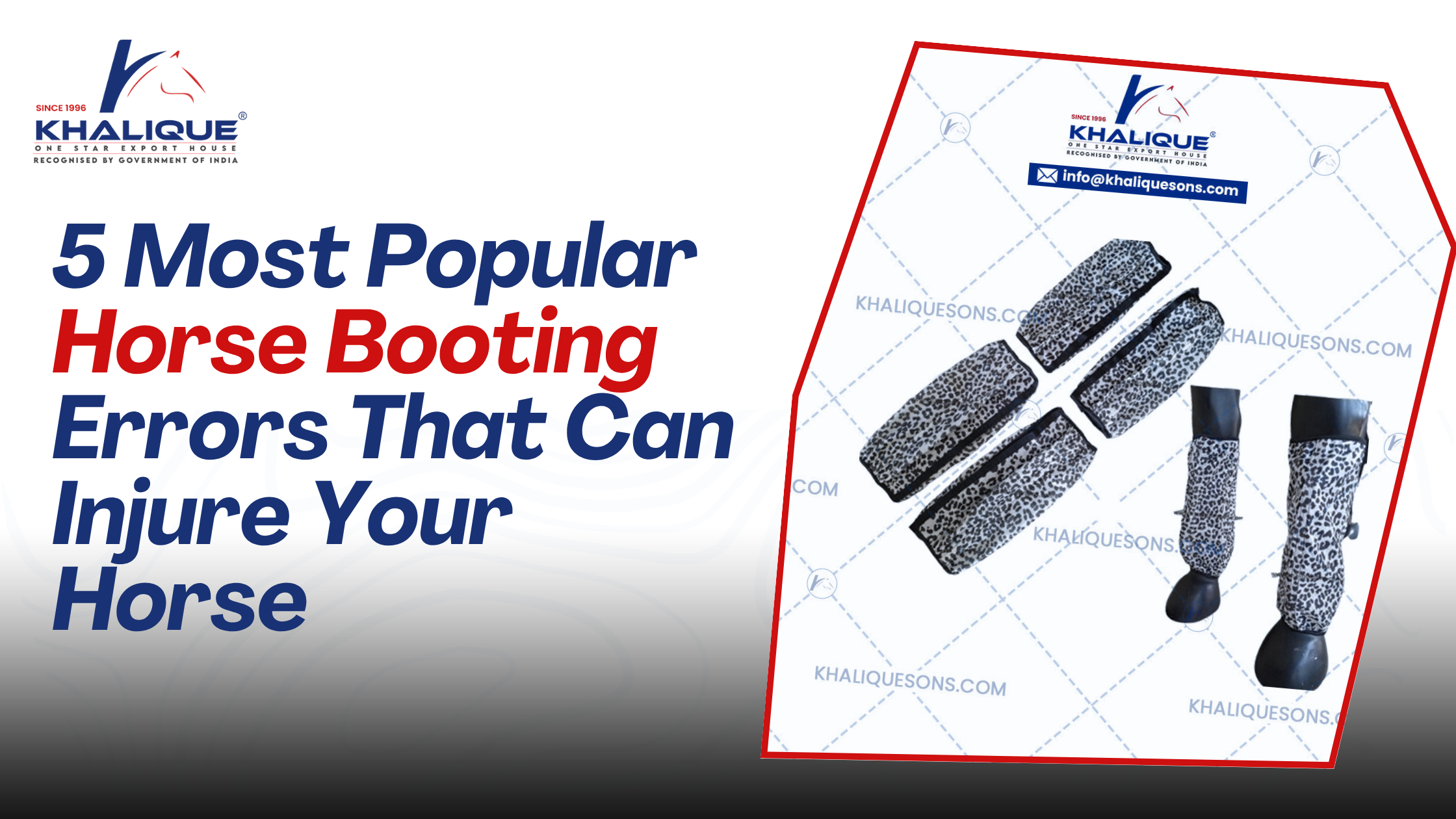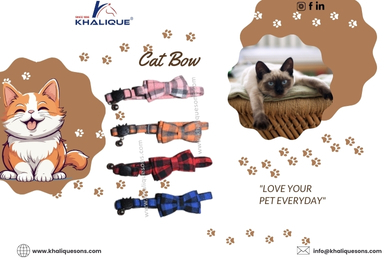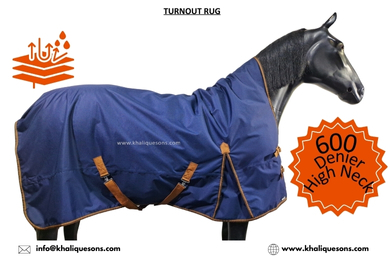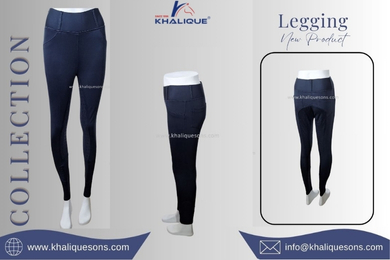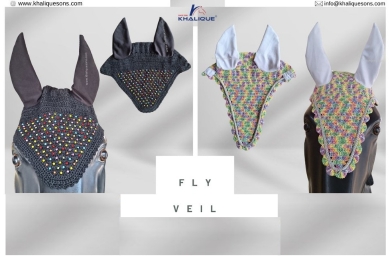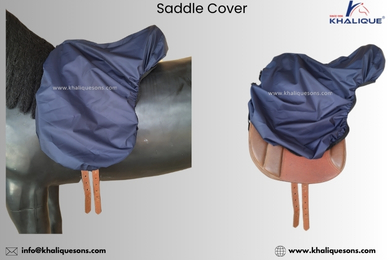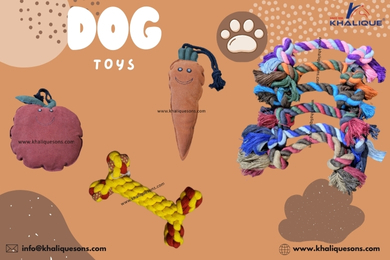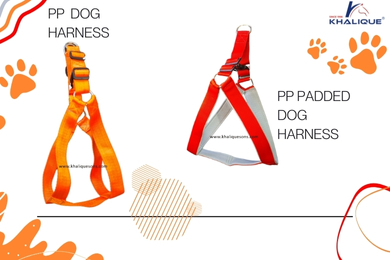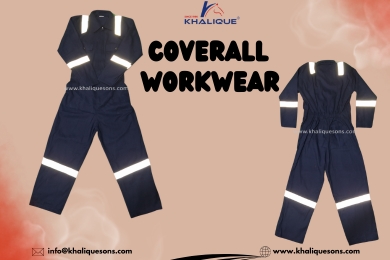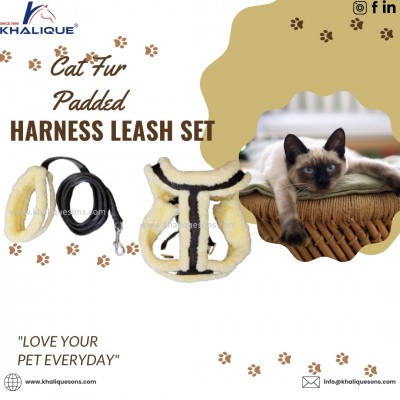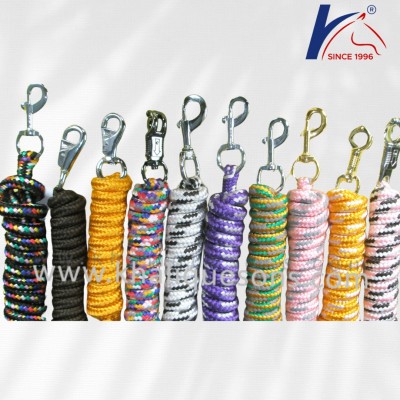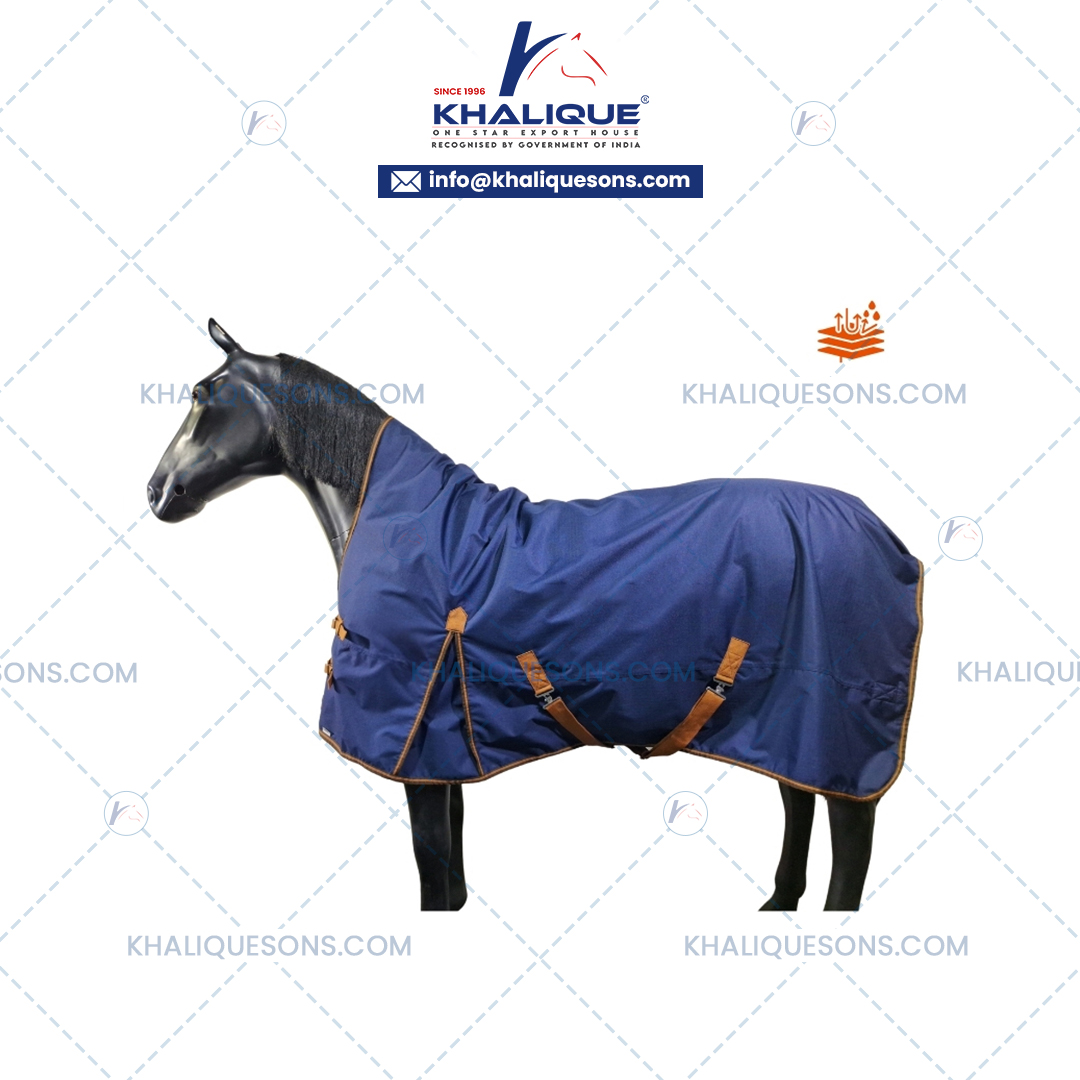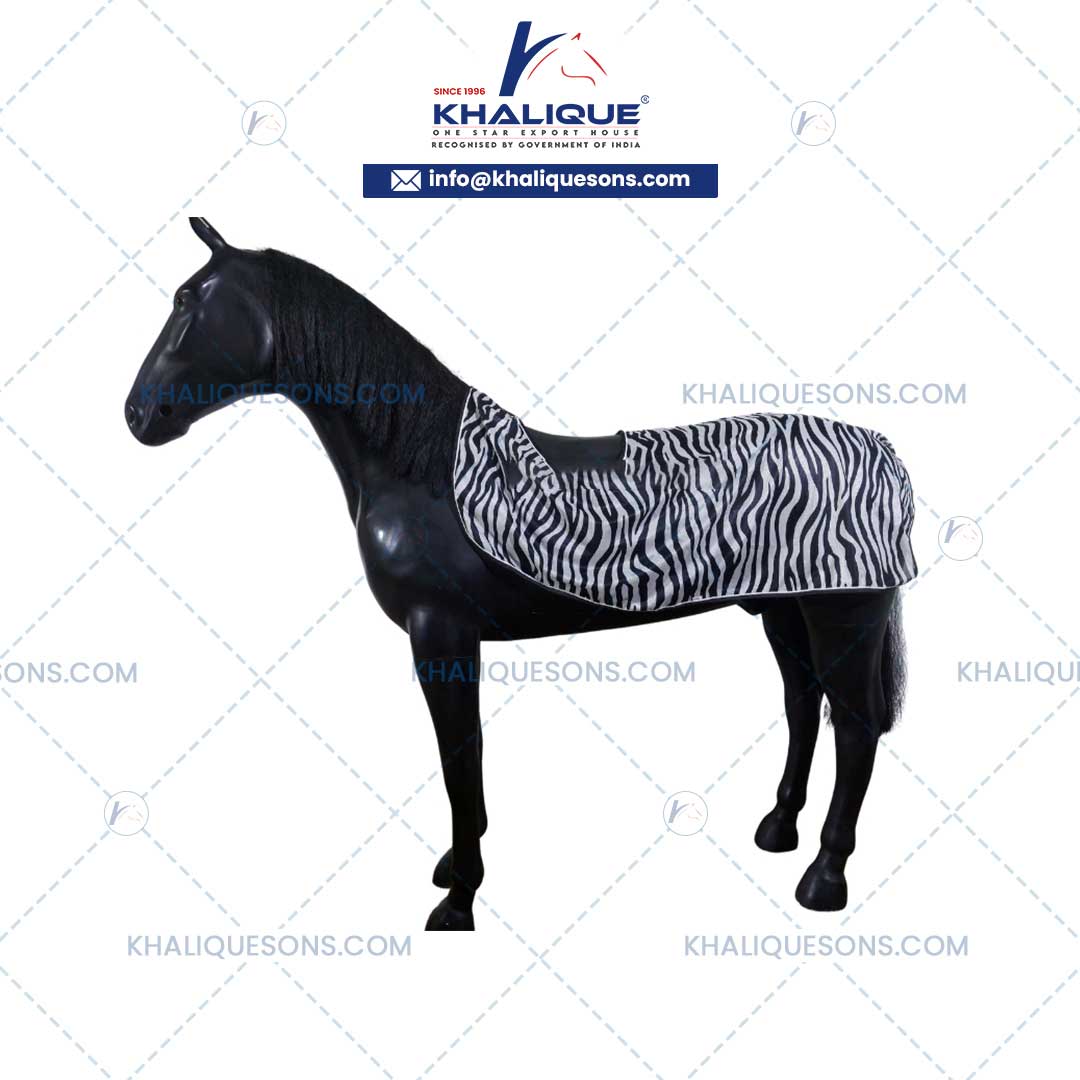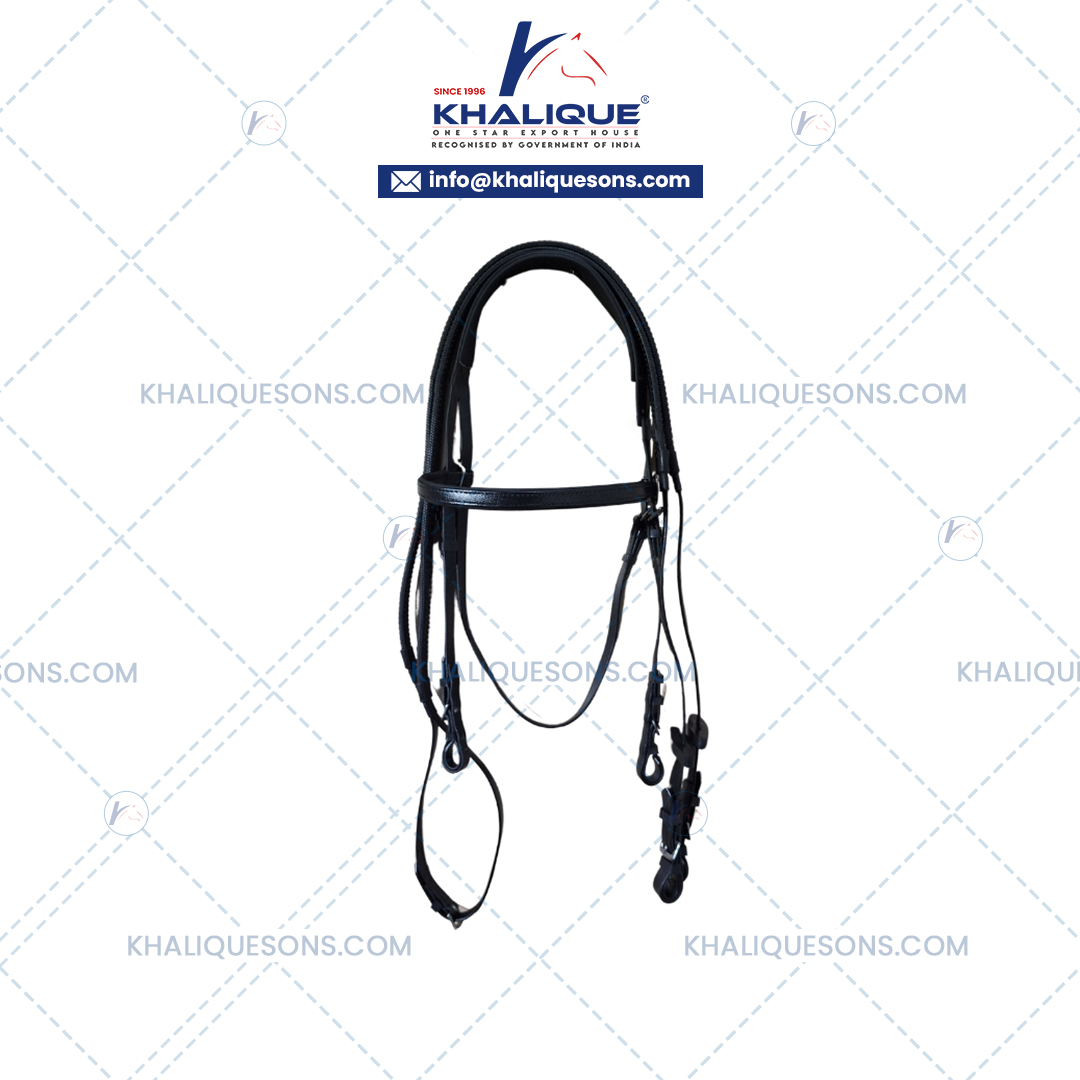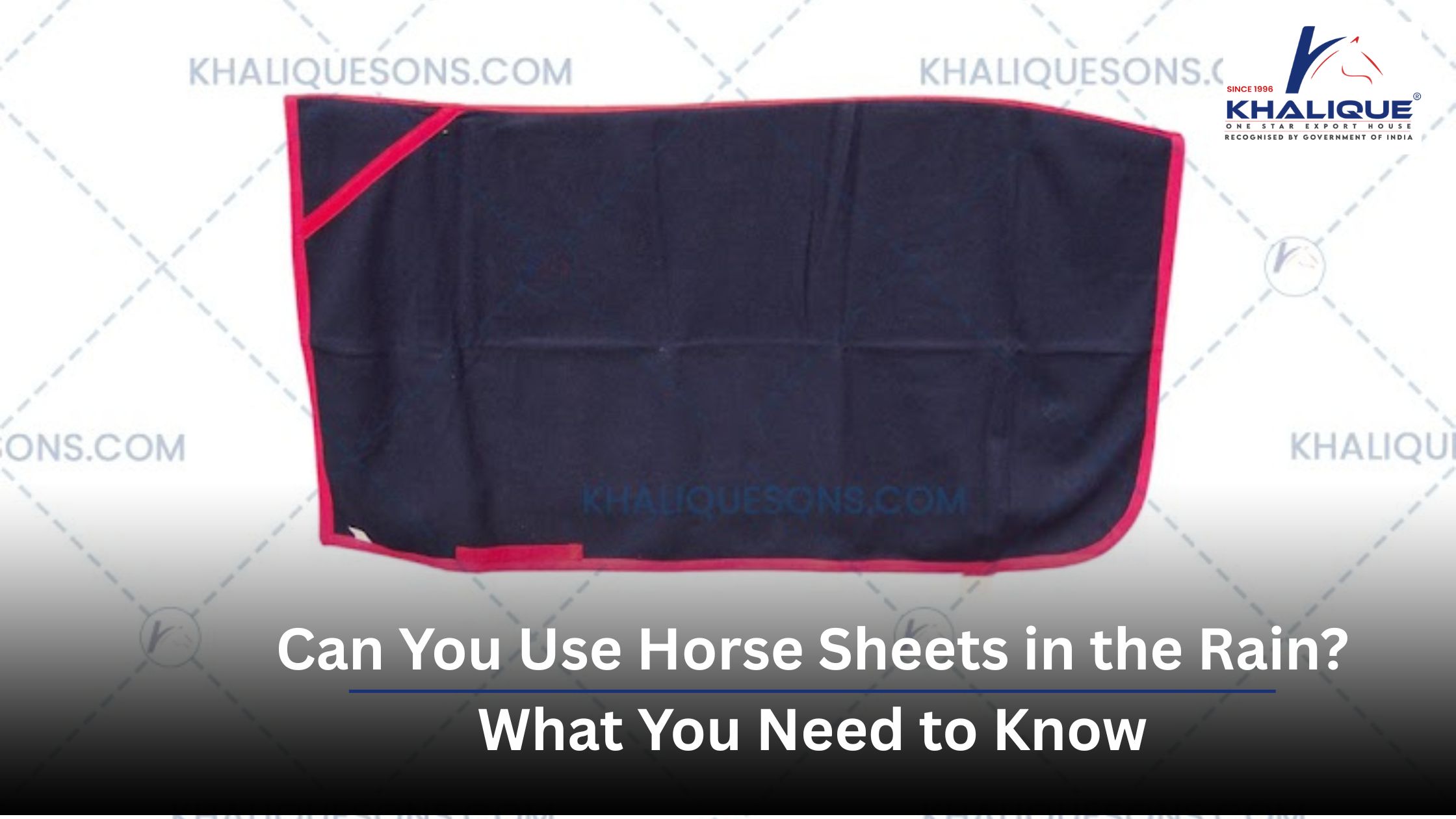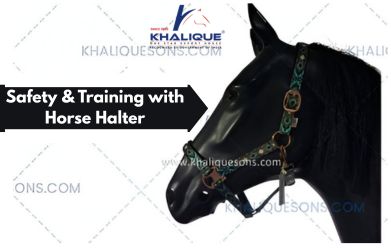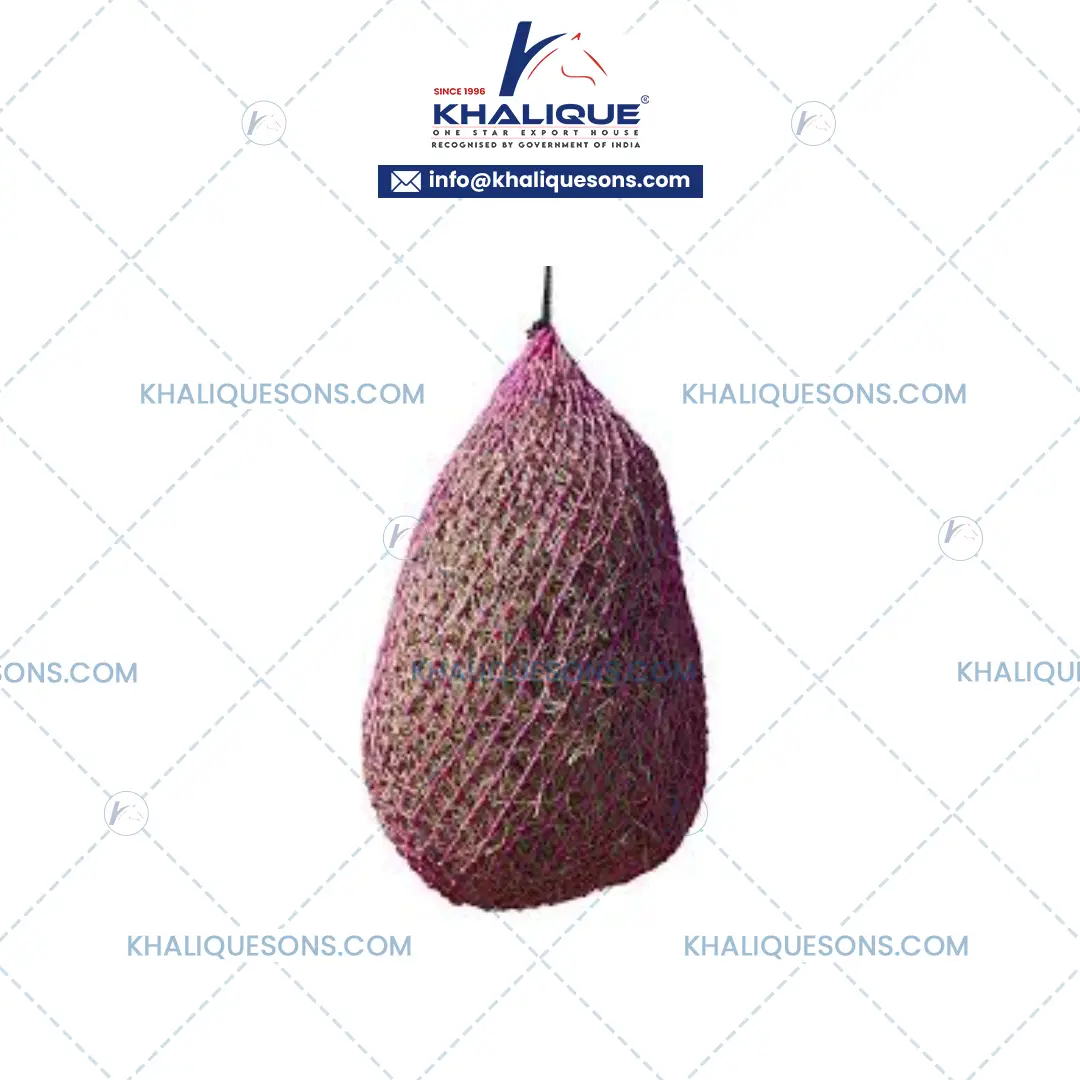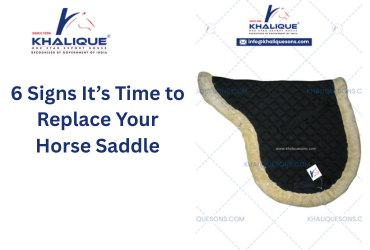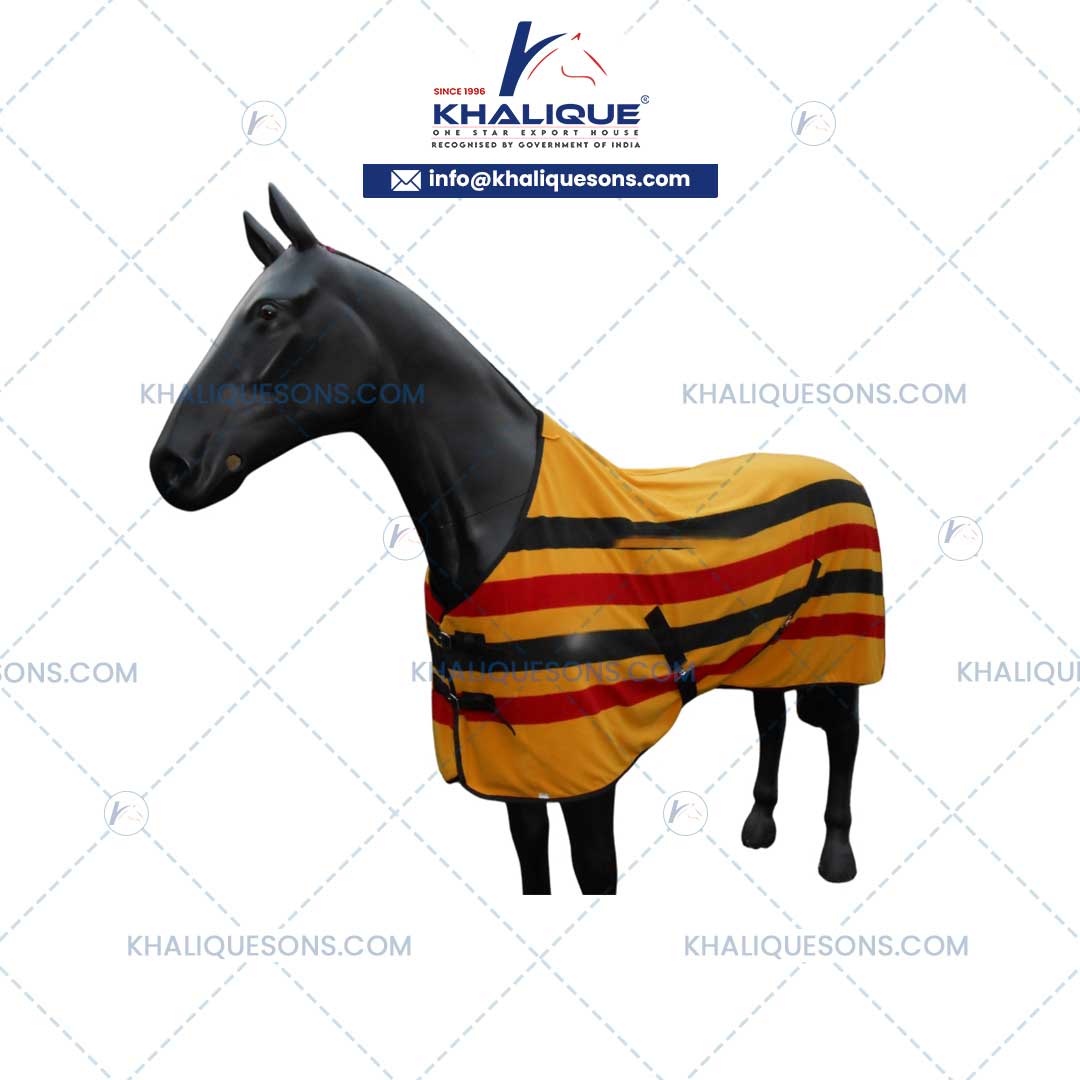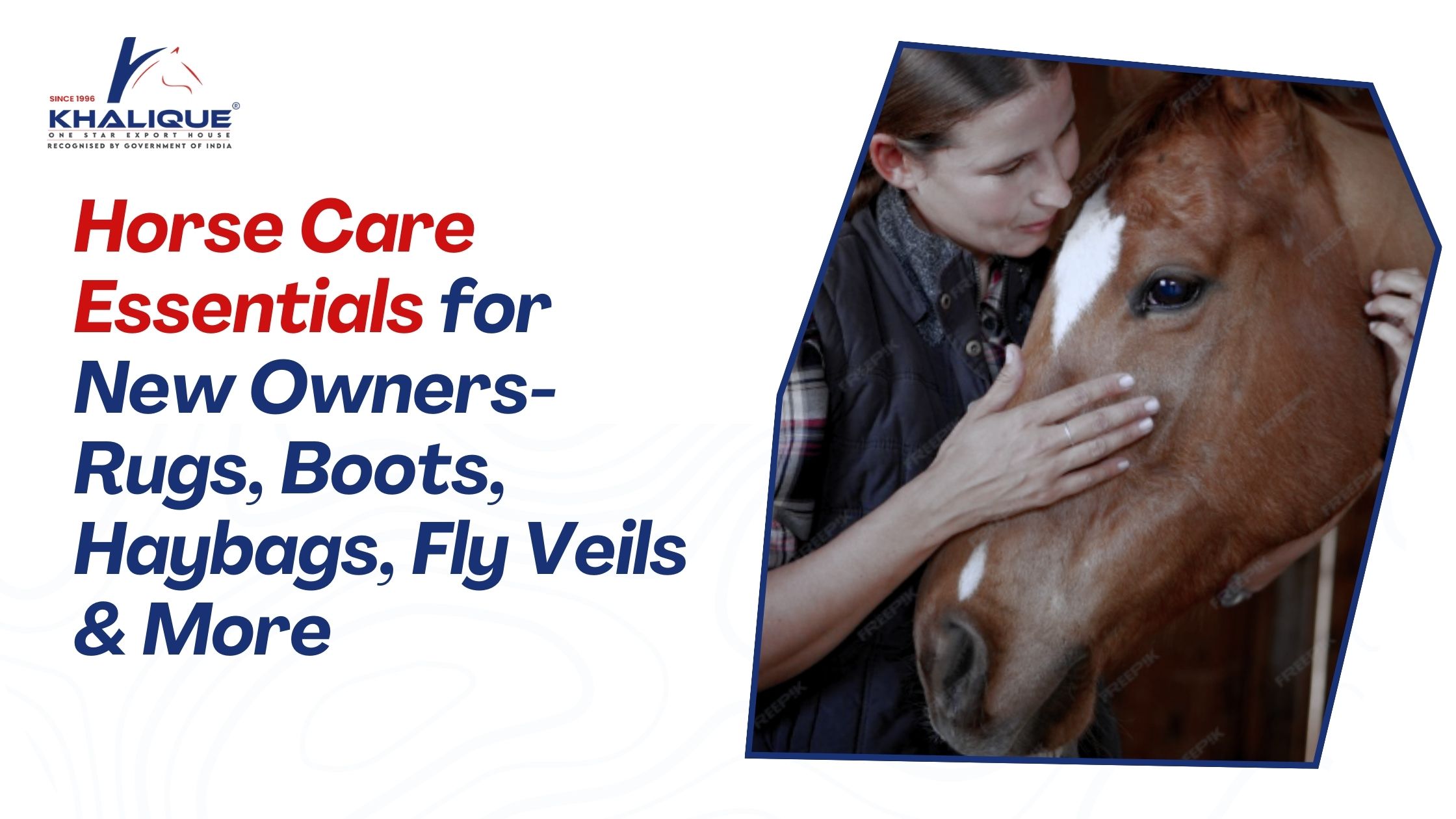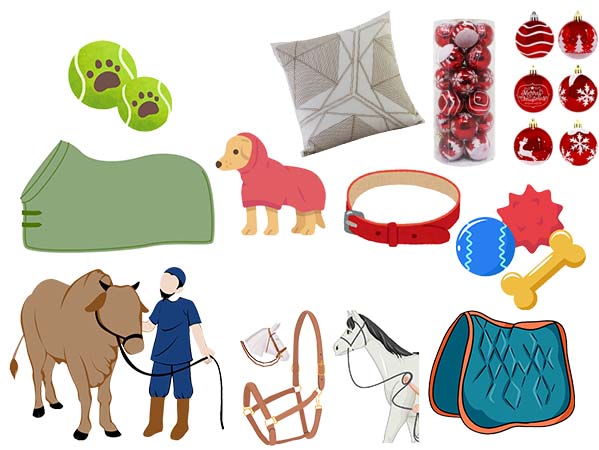5 Most Popular Horse Booting Errors That Can Injure Your Horse
- Home
- /
- 5 Most Popular Horse Booting Errors That Can Injure Your Horse
When it comes to guarding the horse's legs, horse boots are the point of interest. They stabilize, guard against injury, and give confidence to horse and rider. But what if their misuse is inflicting harm instead of assistance?
Yes, it is true. Even the most ideal Horse Boots will feel uncomfortable or even hurtful if you use it improperly. Here in this article, we will guide you through five of the most common horse owner errors and how you can avoid them so that your horse stays safe, healthy, and happy.
1. Selecting the Incorrect Type of Horse Boot
Not all horse boots have the same purpose. Putting the wrong one on the wrong activity will leave your horse at risk or even hurt.
For instance, open-front boots are perfect for jumping since they do not compromise tendons but enable perceiving the front legs. However, if you employ them for trail riding, they will not protect against sticks, rocks, and trash. Overreach boots also defend against the back hoof coming into contact with the front but excessive use can cause irritation on the pastern region.
It is important to know why each boot whether brushing boots to permit only a minimal amount of leg contact, tendon boots for high-impact prevention, or bell boots for hoof protection—is required. Always use the boot for the activity that your horse is performing.
2. Purchasing the Wrong Fit or Size
A misfitting horse boot is one of the most common and dangerous mistakes. Too small, and it'll restrict circulation and cause pressure points. Too loose, and it'll slip, twist, or even fall off when your horse is moving, endangering your horse's safety.
The fit should be snug but comfortable. You shouldn't have bulges, gaps, or rubbing after riding. Always take your horse's measurement prior to buying, and take measurement of height and circumference to obtain the right size. Sizing the boot and watching how your horse moves can also assist in ensuring whether the fit is right.
Even a good horse boot can be bothersome if it doesn't fit well on your horse's leg.
3. Wearing the Boots for Too Long
Horse boots are not intended to be worn for lengths of time. One of the most prevalent mistakes is failing to remove them after riding or failing to remove them when turning them out.
Horses should not be in horse boots for a long period of time because they trap heat, sweat, and moisture, leading to skin infection, swelling, and sores. Especially in warm weather or after hard riding, the legs of a horse need to breathe and cool.
It is a healthy habit to take off the boots as soon as you have finished working or riding. Clean them well and dry them completely before putting them away. This small habit can eliminate a lengthy list of health problems in your horse.
4. Wearing Worn-Out or Dirty Boots
It's not really a big deal to clean horse boots, but it is a significant step. Sand, dust, dried sweat, and mud will accumulate inside the boot and become sandpaper on the body of your horse.
Filthy boots may cause rubbing, irritation, and even open sores after a while. Torn padding or worn straps in worn boots may also lose their protective function and cause uneven pressure on the legs.
Make sure to clean boots after each use. Wash them as often as needed and have them dry completely. Check straps and linings periodically for cracking. Well-cared-for, clean boots feel better and will last much longer.
5. Ignoring Your Horse's Communication
Your horse may not tell you anything, but it will tell you if something is amiss. Most owners are guilty of ignoring the small issues: a bit of swelling, a gait change, or the reluctance to be booted.
Horses can resist booting sessions sometimes by folding back their ears or tucking their legs. These are signs that the boots are not comfortable or are painful. Don't ignore it.
The moment you remove the boots, always check for heat, swelling, rub marks, or any change in the skin. If your horse is uncomfortable, don't dismiss it. Stop using the boot and figure out what went wrong size, pressure, material, or timing.
Listening to your horse helps you to prevent more severe injuries in the future.
Final Thoughts
Horse boots are an investment in your horse's well-being and performance. But misuse wrong fit, wrong boots, too long, or dirty could be creating an issue rather than fixing one. The secret is to select the suitable horse boot, fit it correctly, employ it only when necessary, and clean it regularly. Above all, always monitor your horse for signs of distress. If you attend to these little things, you will give your horse the optimal benefit of leg protection risk-free. If you are a beginner or replacing gear, invest the time in learning what your horse needs. A well-fitting and utilized horse boot can be the difference between comfort and pain.








